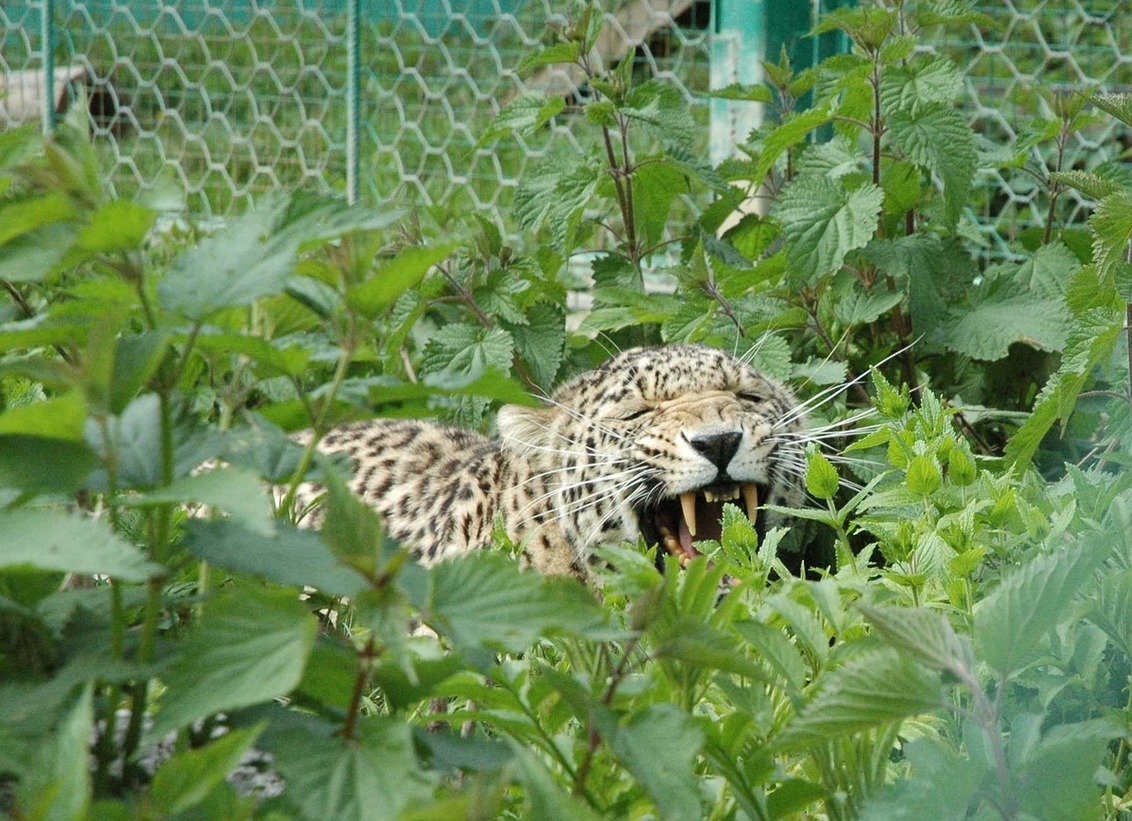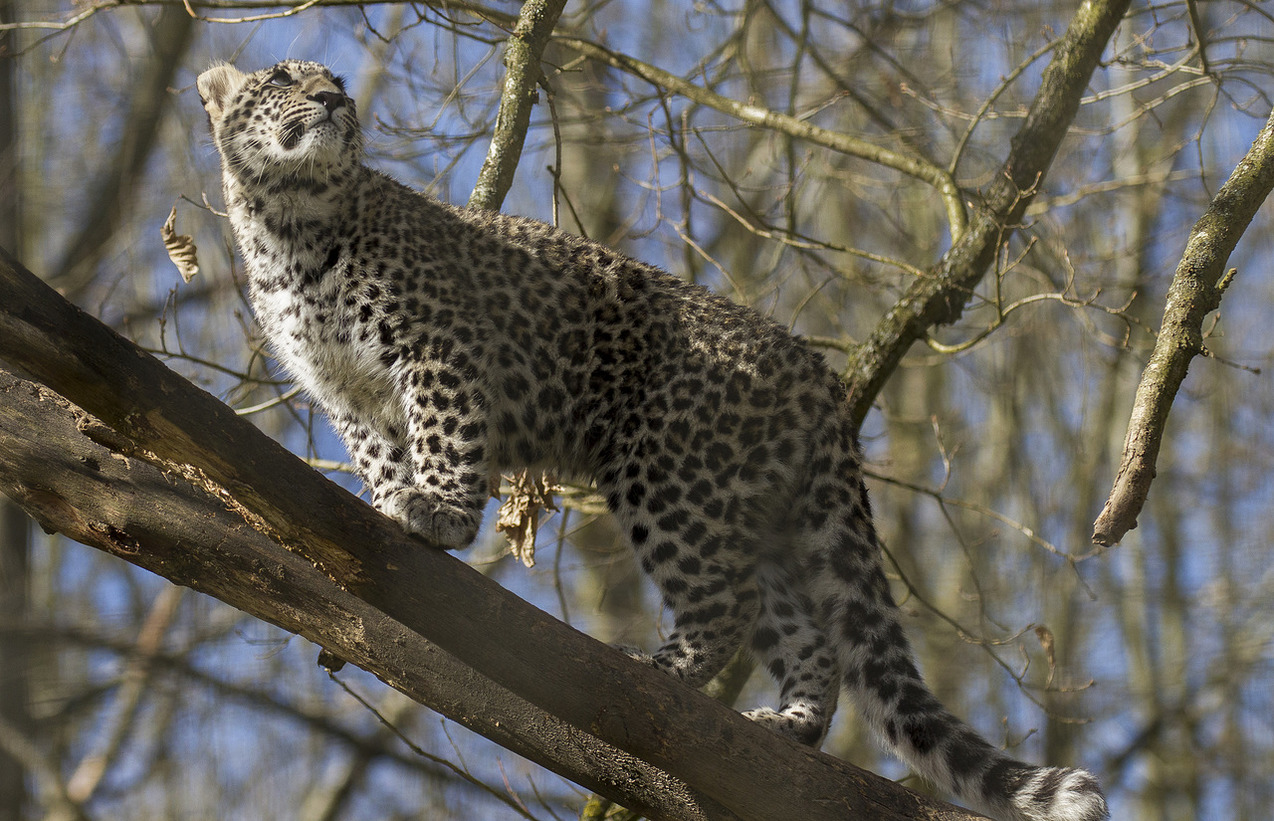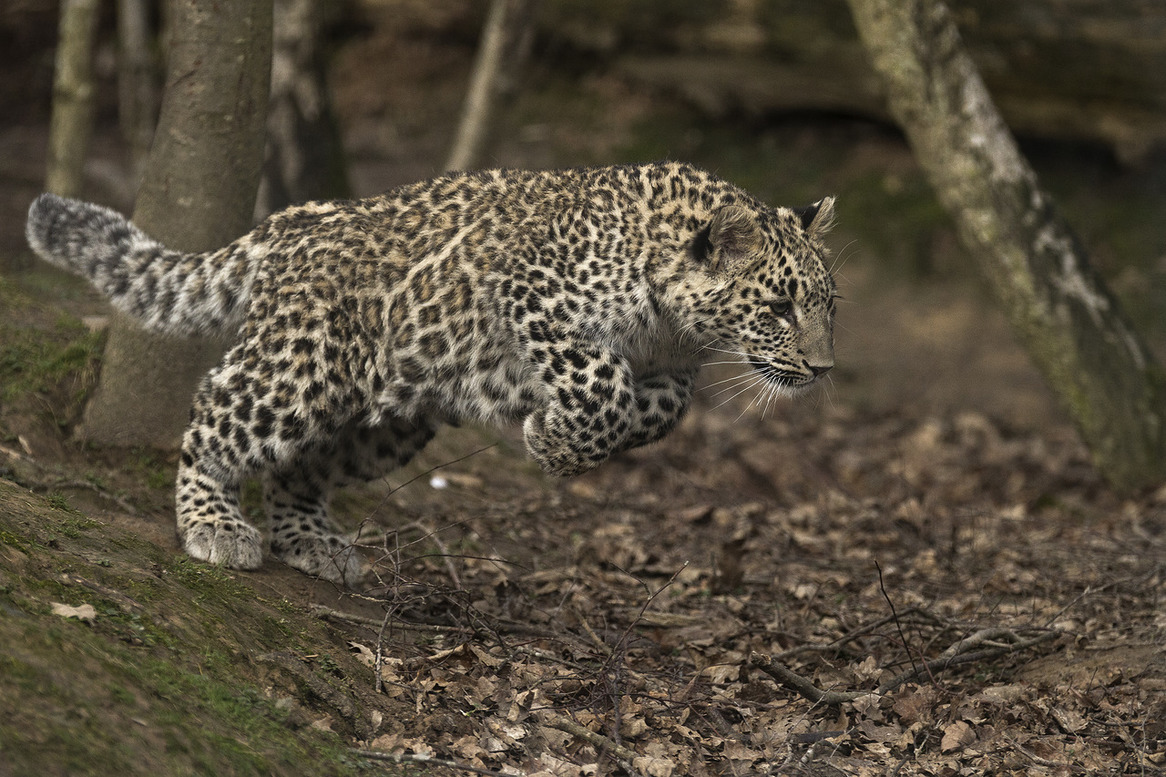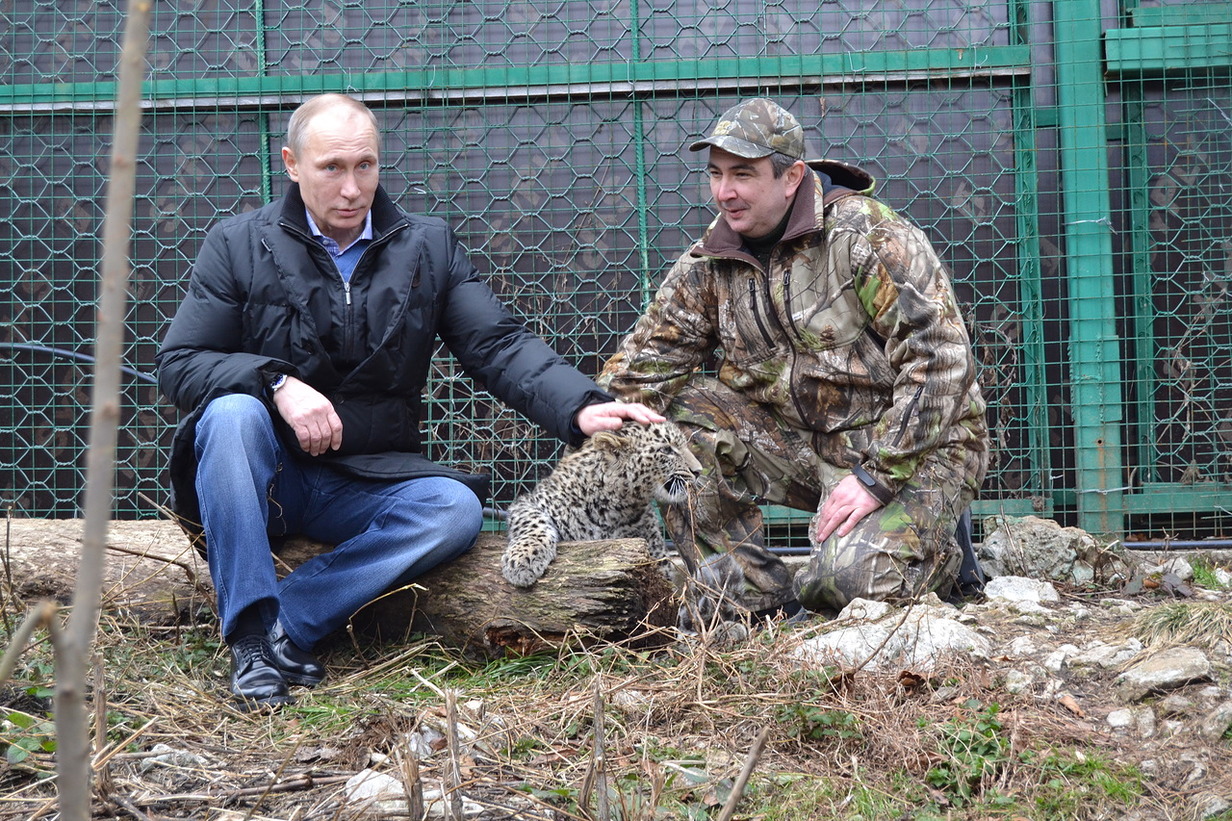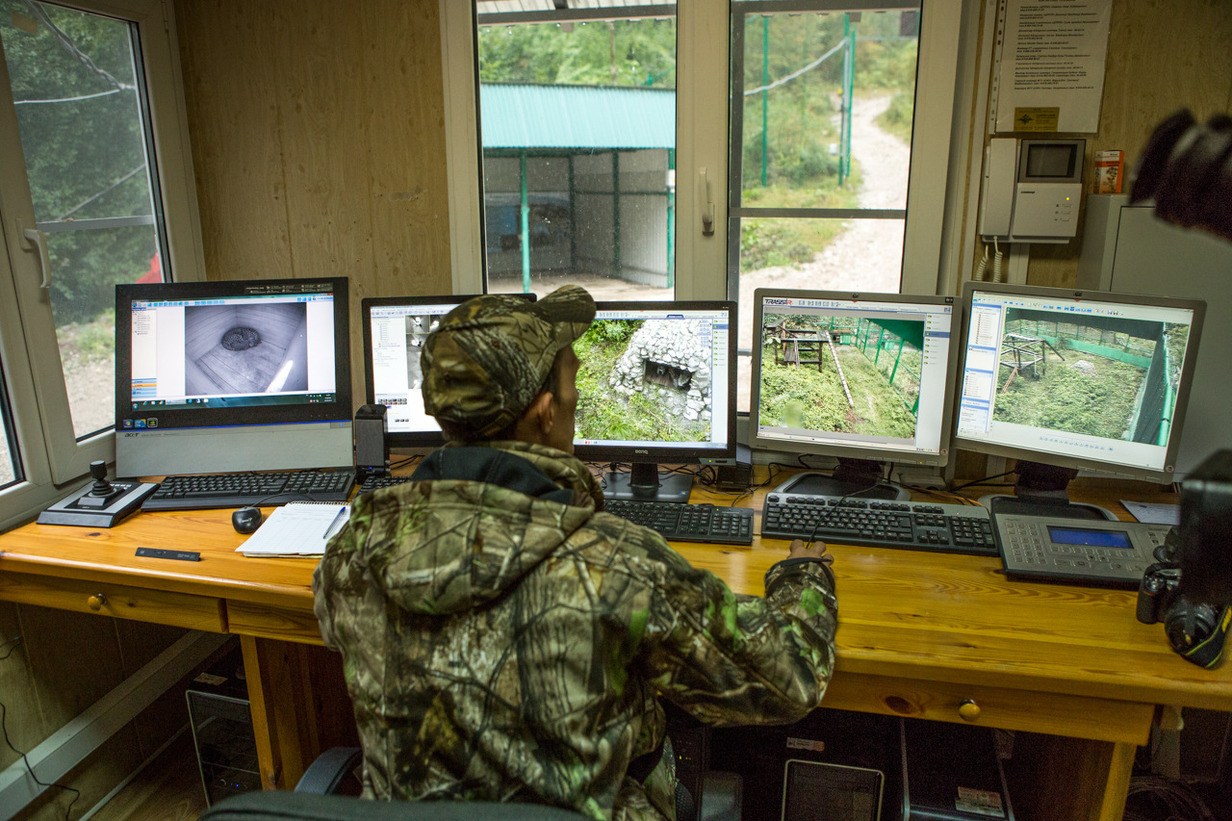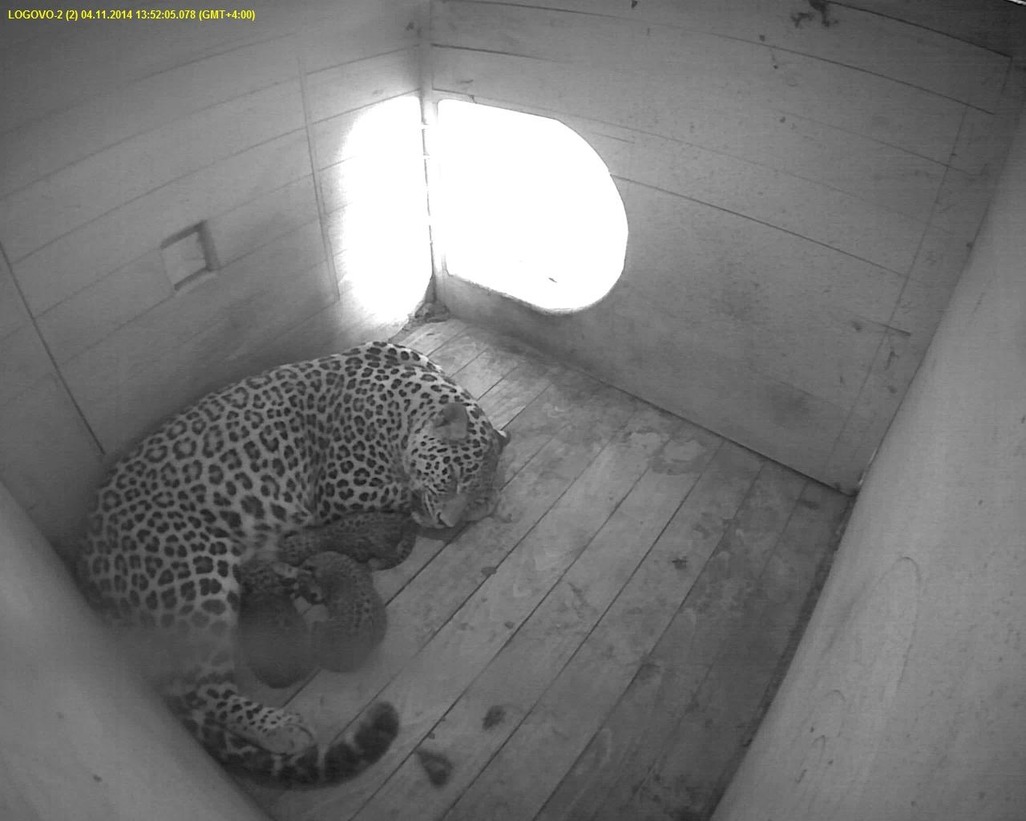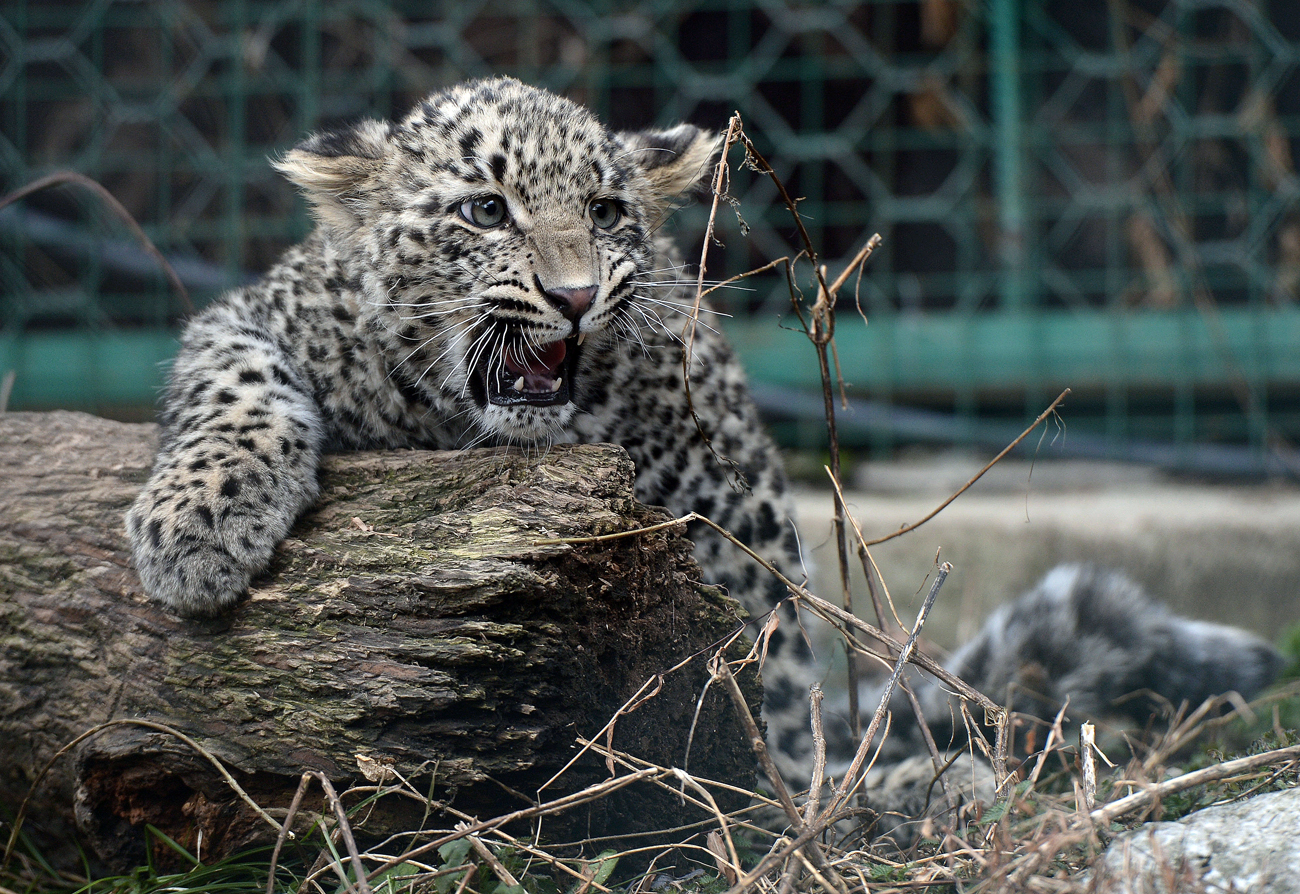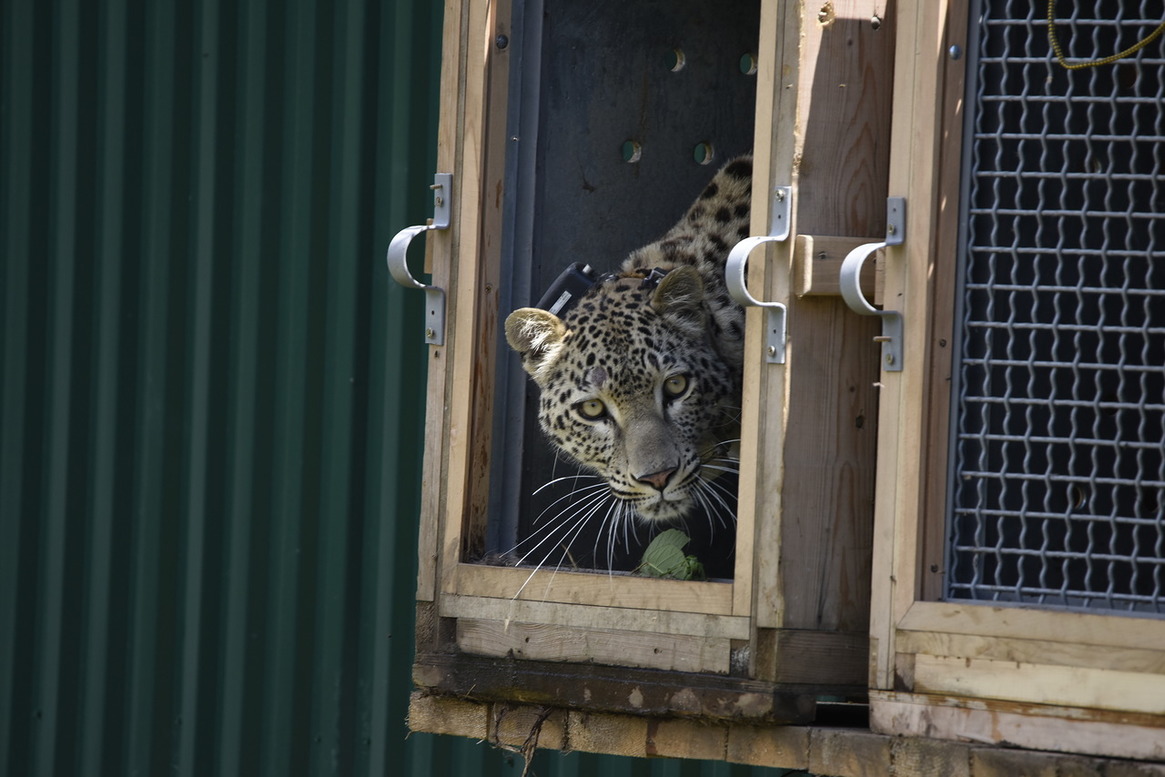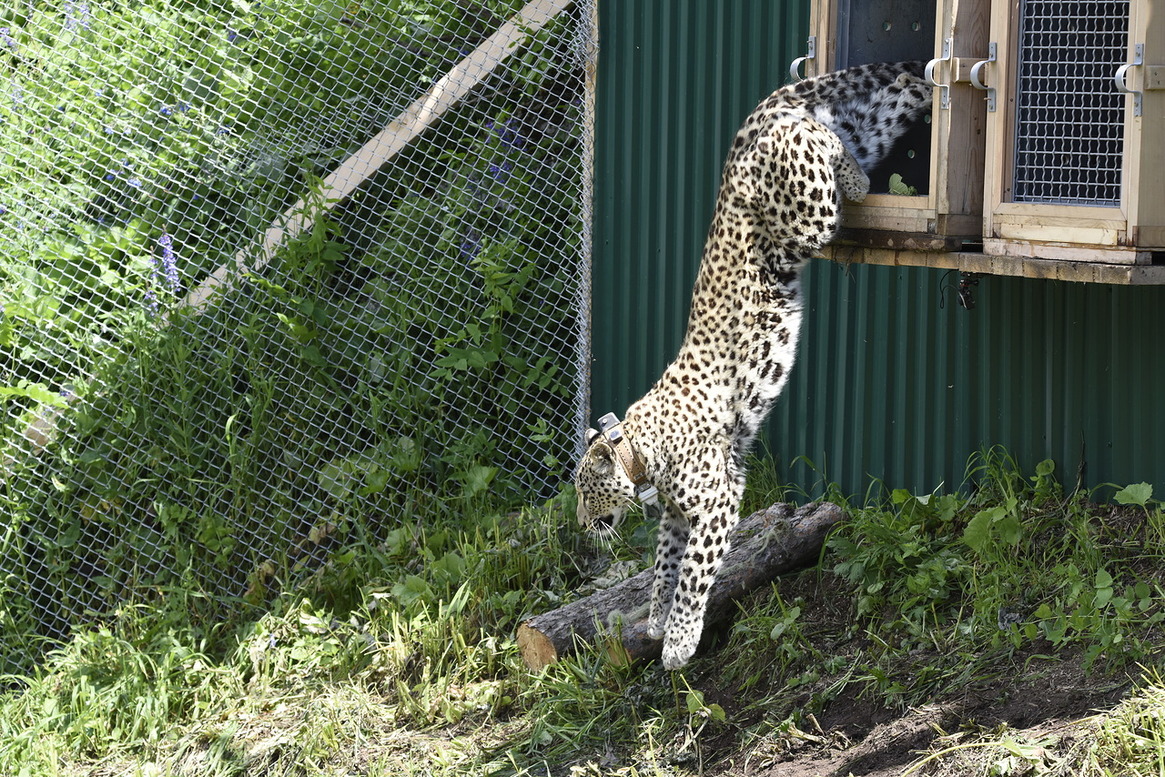Leopards return to the Caucasus after almost half a century
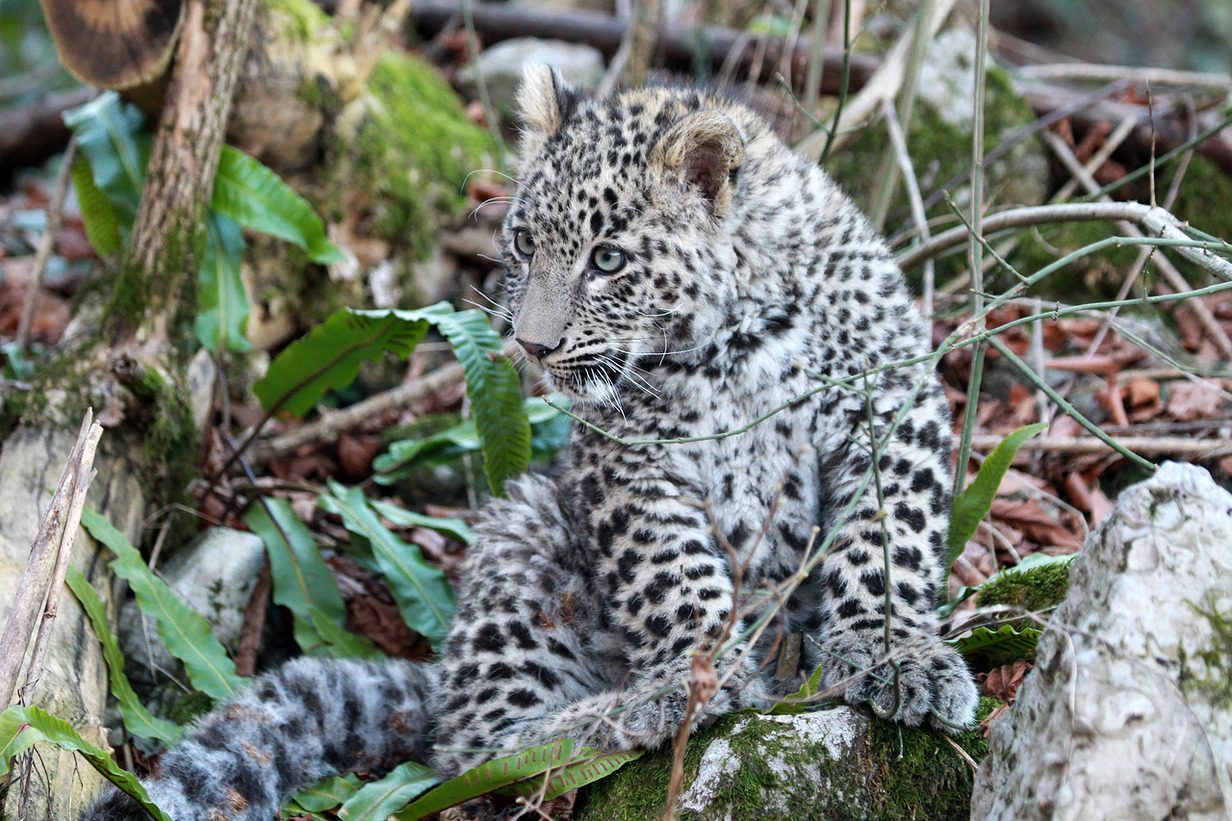
All of leopards recently released into the Russian wilderness were bred at the center in Sochi.
WWFResearchers released three leopards – Akhuna, Viktoria and Killi – into the mountainous wilds of the Russian Caucasus on July 15, in the first-ever attempt to reintroduce the species into the wild.
It is hoped that the animals, whose whereabouts will be tracked with the help of GPS collars, will form the basis of a newly revived population in the region.
Even if precise figures for the animals’ historical population vary, the traveler Nikolai Dinnik wrote at the start of the 20th century that “leopards [were] no rarity” in the region, and the creature had earlier even featured in the climactic scene of one of the most famous Russian poems of the 19th century, Mikhail Lermontov’s The Novice, in which the main character wrestles a Caucasian leopard.
Historical studies conducted later confirm Dinnik’s estimation: The Soviet zoologist Yevgeny Pavlovsky, for example, stated that between 1894 and 1898 hunters had killed 11 leopards.
By the middle of the 20th century, however, the species had virtually disappeared from the region. The close proximity of man and predatory beast proved tragically fatal for the big cat. In pre-revolutionary times, there were no regulations limiting what methods of exterminating leopards were allowed: Locals would shoot the creatures or leave out poisoned meat for them to eat.
By 1949, leopards were on the brink of extinction in the region – Pavlovsky wrote in that year of how rangers had killed their first leopard for many years. The specimen may not even have been an indigenous one – more likely, it had wandered into the Caucasus from Iran.
If you want to be free, you have to pass the test
The Russian state ecological services have been working with the WWF since 2007 on the project to reintroduce the Caucasian leopard (also known as the Persian leopard) into its natural habitat. A special leopard-breeding center was set up in Sochi in the same year. Animals taken from an ordinary zoo could not be released into the wilderness since they would lack the ability to hunt and the necessary instinctive fear of humans.
All of the predators recently released into the Russian wilderness were bred at the center in Sochi. Before they could gain their freedom, however, they had to pass a series of tests. The “candidates” had to catch a roe deer, a stag or a sheep, and demonstrate that they understood the danger posed by humans.
All four passed the first test, but the second proved more of a challenge for one leopard, who was simply too trusting and inquisitive. For the time being, then, three rather than four leopards have left the center for their natural home.
The leopard who will be staying in the breeding center for the time being is called Sinbad. He arrived at the center from a French zoo.
“Leopards are reserved creatures, they generally try and avoid the presence of humans,” Natalya Dronova, conservation project coordinator at the Worldwide Fund for Nature (WWF), told RBTH.
“Sinbad was already two years old when he was brought to the center, and he was used to human contact by then. If we’re unable to retrain him, then he will have to stay in the breeding center.”
How do you protect a predator?
Zoologists have also tried to reduce the potential risks that their protégés may face in the wild. Over the last decade, the mountains into which the leopards will be introduced have seen large increases in the population of deer, the prey of choice for these voracious beasts.
Inhabitants of the area have been told of how poaching is a criminal offense and of how important the leopard is as a symbol of the Caucasus. Animal specialists say that leopards are not aggressive animals and will only attack humans if provoked, for instance if a person approaches the predator’s young.
“In order to ensure a successful implantation of the population, that is for it to be capable of sustaining itself, there should be no fewer than 50 specimens of breeding age. That’s the goal of our program,” said Igor Chestin, the director of WWF Russia.
Zoologists will be closely following the leopards’ progress, and a mobile unit will be on hand to come to the help of any animals in need. If everything goes to plan with the first three leopards, then more leopards will find their way to freedom in due course.
All of the leopards released into the wild have been fitted with collars containing GPS tracking devices so that researchers will be able to monitor the animals’ location with the help of a satellite signal. Twenty-four hidden cameras have also been put in place in the area that is to become the creatures’ habitat. Additionally, an immediate response team of specialists has been set up to help the leopards in urgent situations.
Protected Siberia: Encounters with wild nature>>>
Subscribe to get the hand picked best stories every week
All rights reserved by Rossiyskaya Gazeta.
Subscribe
to our newsletter!
Get the week's best stories straight to your inbox


